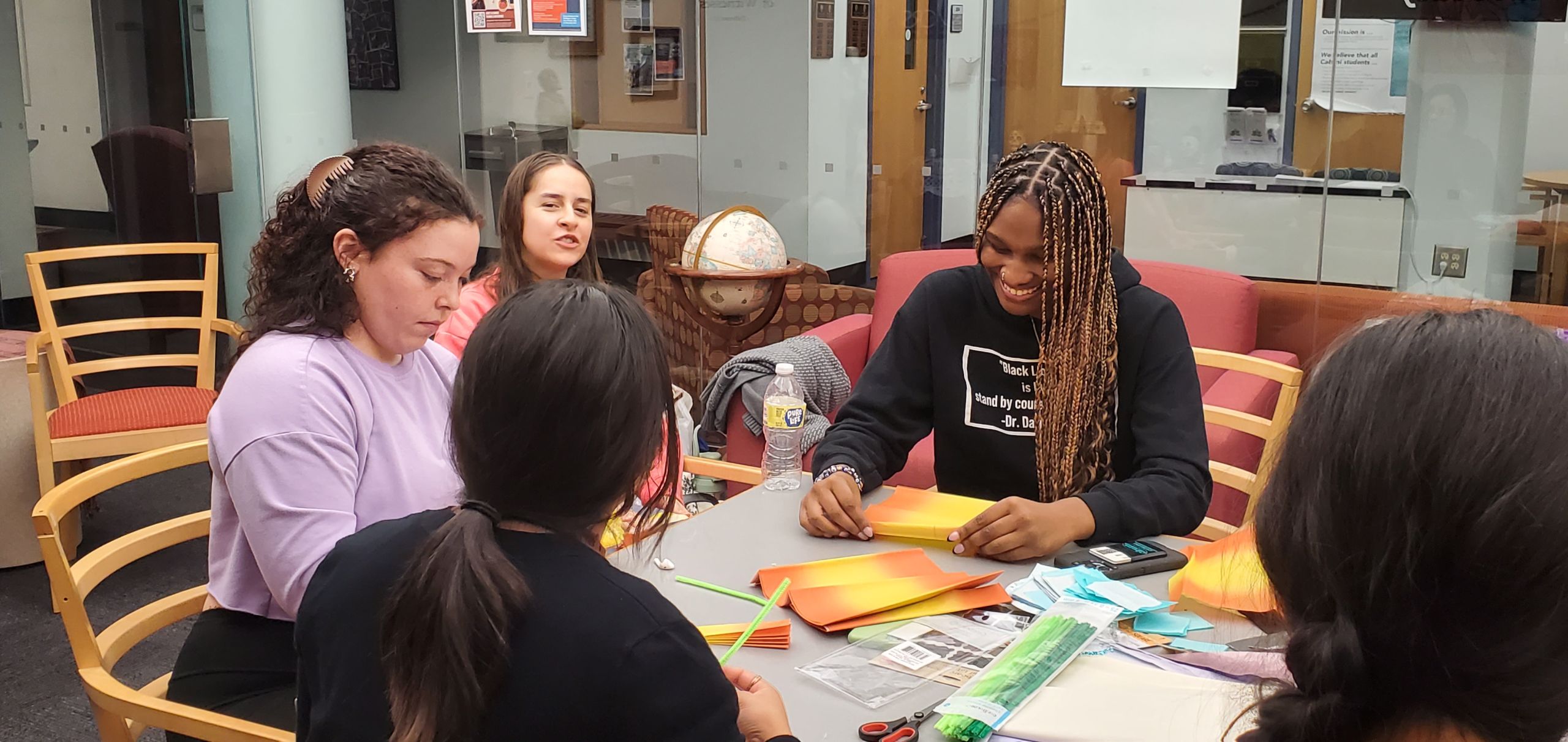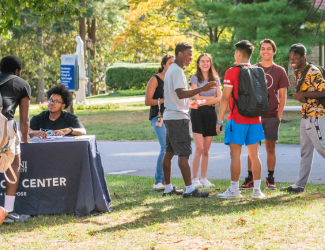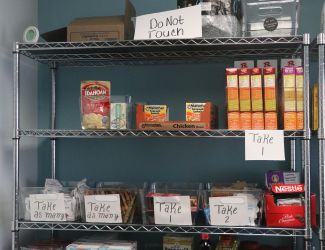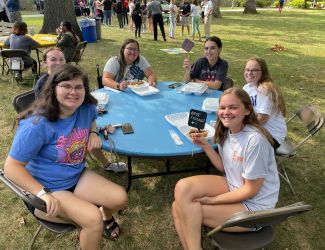On Wednesday, Nov. 2., The Wolfington Center hosted a Day of the Dead mass and reception. While Halloween, traditionally a day of fear and fun, marks the start of a three-day celebration in the U.S., Día de Los Muertos, or Day of the Dead, is a two-day Mexican holiday traditionally celebrated on Nov. 1 and 2. For around 3,000 years the holiday has been celebrated in Spanish countries all over the world.
What is the Day of the Dead?
The Day of the Dead originally was created when the Spanish came to Mexico introducing Catholicism to the indigenous people. With Catholicism, the indigenous people created their own customs by mixing traditions and beliefs.
The holiday combines an Aztec festival dedicated to the goddess, Mictecacihuatl, with Catholic influence. Mictecacihuatl is the “lady of the dead.” According to one Day of the Dead website, it is believed that the lady of the dead “watches over the bones of the dead and swallows the stars during the day.”
Other than Mexico, many other Latin American countries celebrate the holiday. Columbia, Ecuador, Honduras, El Salvador, Nicaragua, Peru, and Venezuela all have their distinct ways of welcoming back deceased loved ones. Mexico’s unique celebration incorporates color and costume; the celebration is bright and loud.
Nov. 1 is when the children come back, while Nov. 2 is when the adults return.
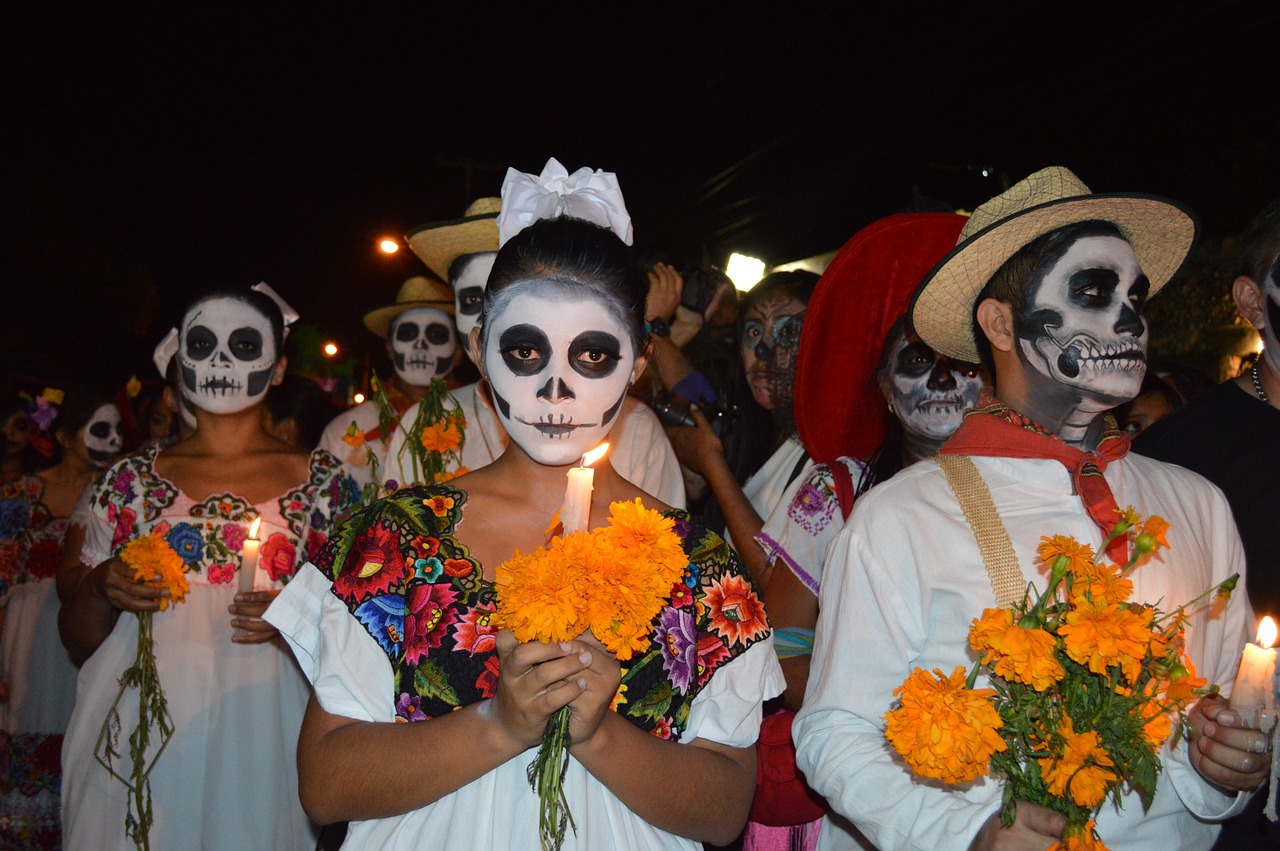
During the holiday, people come together to honor their ancestors. It is believed that on these days, the passageway between the natural and spirit worlds is open, so the deceased can return to visit. Families light candles and place flowers on the graves of their lost loved ones.
Mexican families set up and decorate altars in their homes by placing photos and other items of loved ones lost. Skulls are also a big part of the holiday. They were used during rituals in the Aztec era, and today small painted sugar skulls are placed on the altars.
Flowers and butterflies are also used as symbols during the holiday along with skulls. Monarch butterflies represent and carry the spirit of loved ones who passed. Cempasúchil is a type of flower native to Mexico; it is sometimes placed on the altars and around the graves of the deceased. The flowers are used to lead the spirits from the cemetery to their families’ homes.
Celebration at Cabrini
Dr. Natacha Bolufer-Laurentie, associate professor of Spanish and Latin American studies, helped organize the celebration. “On campus, we want to make sure we celebrate the culture of all our students, and we have Latin and Hispanic students,” she said.

On Oct. 26 and 31, the Wolfington Center hosted workshops to create and decorate its altar.
Students who attended the event honored their lost loved ones. Geraldine Brown, senior psychology major, said, “I think the event went well. It was very special how they brought a different type of culture within the school, and I think it was a nice ceremony.” Brown, who honored her late great-uncle, felt that the celebration was a way to properly say goodbye to him.
The Wolfington Center is located on the second floor of Founders Hall. They run many events open to all who want to come throughout the semester and school year.


